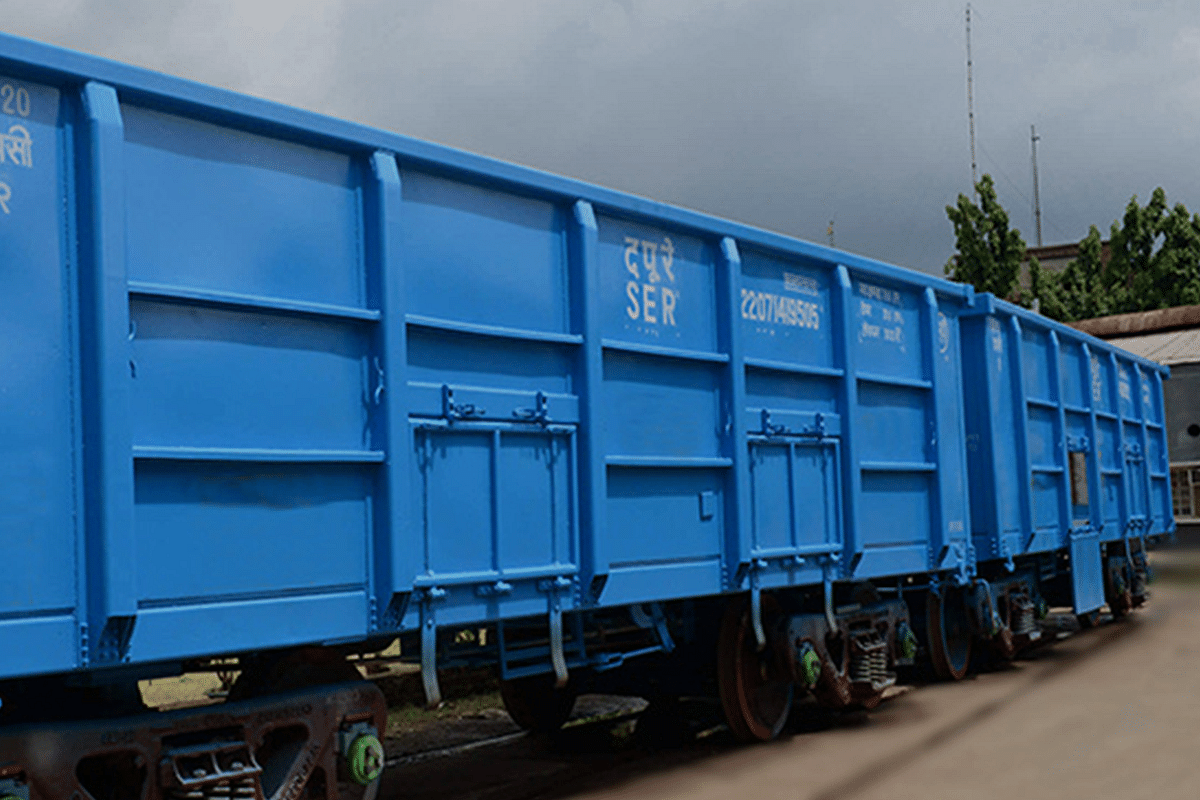News Headlines
Indian Railways Kickstart Exercise For GPS Tracking Of Freight Wagons

Indian Railway Freight Wagons
The Indian Railways (IR) has launched the project for GPS tracking of 3,00,000 freight wagons on the run for pin-pointing their exact location.
As part of the Wagon GPS (WGPS) Project, the Centre for Railway Information Systems (CRIS) has invited expressions of interest for participating in knowledge gathering exercise.
The exercise is aimed at design or Identification of a suitable Navigation Satellite Receiver Device suitable for fitment on wagons of IR capable of working safely and accurately in IR working conditions.
While Indian Railways is expected to mandate the use of only Indian Regional Navigation Satellite System (IRNSS) in production systems, it may allow other Global navigation satellite system (GNSS) in certain circumstances.
Railways wants to use the data from GPS-enabled wagons to improve their transportation and operational planning by gaining insights into freight movement. The requirement is that freight wagons must be adequately mapped and visibility of real time operations made available to the organisation.
It would also reduce the instances of "missing wagons" and theft of goods from open wagons.
While instances of wagons going missing are rare, considering the volume of goods movement on the railways, they have been significant enough to raise concerns.
According to an ET report, 8,000 tonnes of coal rejects (by-products of coal washing that have some residue calorific value) from Jharkhand ended up in Madhya Pradesh in August this year.
IR carried 1,230 million tonnes of freight in 2020-21. In the freight segment, IR runs approximately 8,500 trains daily.
The National Rail Plan envisions Indian Railways carrying 45 per cent of the national freight by 2030 and sustains this level by creating capacity before demand.
Support Swarajya's 50 Ground Reports Project & Sponsor A Story
Every general election Swarajya does a 50 ground reports project.
Aimed only at serious readers and those who appreciate the nuances of political undercurrents, the project provides a sense of India's electoral landscape. As you know, these reports are produced after considerable investment of travel, time and effort on the ground.
This time too we've kicked off the project in style and have covered over 30 constituencies already. If you're someone who appreciates such work and have enjoyed our coverage please consider sponsoring a ground report for just Rs 2999 to Rs 19,999 - it goes a long way in helping us produce more quality reportage.
You can also back this project by becoming a subscriber for as little as Rs 999 - so do click on this links and choose a plan that suits you and back us.
Click below to contribute.
Latest